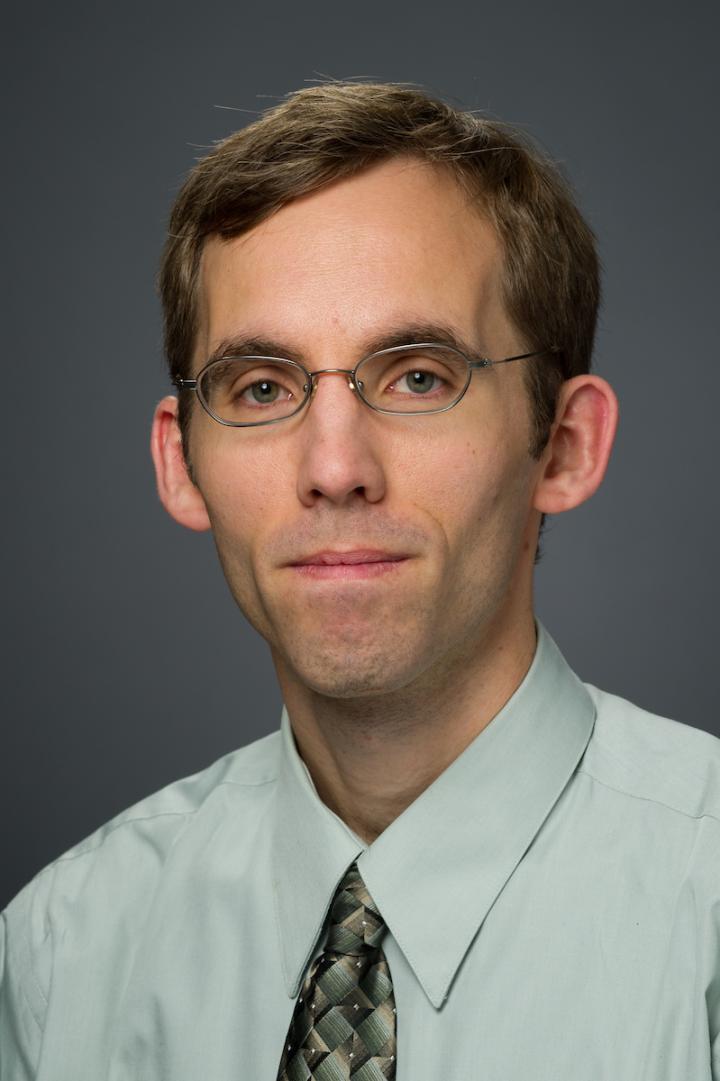Despite a strong rebound in mammography volume, missed mammograms remain an issue

Credit: University of Vermont Larner College of Medicine
In looking at the broader impact of the COVID-19 pandemic on health and wellbeing, public health experts are examining screening rates for cancer. A new study looking at U.S. mammography screening rates during the first five months of the pandemic found both a strong rebound in breast cancer screening rates and a concerning cumulative deficit in mammograms due to missed appointments, as well as uncovering disparities when looking at screening according to race.
The study was released this week in the Journal of the National Cancer Institute.
Conducted by investigators from the Breast Cancer Surveillance Coalition (BCSC), a federally-funded, national network of breast imaging registries, the study sought to quantify the impact of the COVID-19 pandemic on both breast cancer screening and diagnostic mammography services in the U.S. Results suggest that, despite huge declines in the early months of the pandemic, mammography volumes rebounded strongly in summer 2020, as healthcare facilities adapted new protocols to ensure staff and patient safety.
In April 2020, screening mammography utilization was only 1% of expected volume based on comparative historical data. However, by July 2020, rates had rebounded to approximately 90% of pre-pandemic volume. Similar results were observed for diagnostic breast imaging, as opposed to screening imaging, with volumes rebounding to 100% by July 2020. However, researchers note that a substantial cumulative deficit in mammography screening remains, due to missed exam appointments from March through May 2020, and in an effort to reduce that deficit, screening rates will need to be above pre-pandemic levels.
The researchers found that trends in mammography screening were similar by age and risk factors, but identified disparities by race, with the rebound in mammography volume being lower among Hispanic and Asian women.
Reductions in screening and diagnostic imaging rates could lead to delays in diagnosis that cause increased morbidity and mortality due to breast cancer. The BCSC emphasizes that increased attention is needed to better understand specific barriers to healthcare utilization during the pandemic and to develop interventions to overcome these barriers.
Lead author and UVM Cancer Center researcher Brian Sprague, PhD, associate professor of surgery at the University of Vermont Larner College of Medicine, notes that further BCSC research is ongoing to understand the impact of reduced mammography utilization during the pandemic on breast cancer detection and outcomes. “This national snapshot is important to help us focus research, outreach and intervention to close gaps that were perhaps created or made worse by the pandemic,” said Sprague.
###
The BCSC research team included researchers from: University of Vermont Cancer Center and University of Vermont Larner College of Medicine, Burlington, VT; University of Washington and Seattle Cancer Care Alliance, Seattle, WA; University of California Davis, Davis, CA; Advocate Caldwell Breast Center, Advocate Lutheran General Hospital, Park Ridge, IL; Kaiser Permanente Washington Health Research Institute, Seattle, WA; Dartmouth Institute for Health Policy and Clinical Practice and Norris Cotton Cancer Center, Geisel School of Medicine at Dartmouth, Lebanon, NH; University of Illinois at Chicago, Chicago, IL; Carbone Cancer Center, School of Medicine and Public Health, University of Wisconsin-Madison, Madison, WI; Harvard Medical School and Harvard Pilgrim Health Care Institute, Boston, MA; University of California, San Francisco, CA; Department of Veterans Affairs, University of California, San Francisco, CA
More about the BCSC: https:/
Media Contact
Sarah Keblin
[email protected]
Related Journal Article
http://dx.



